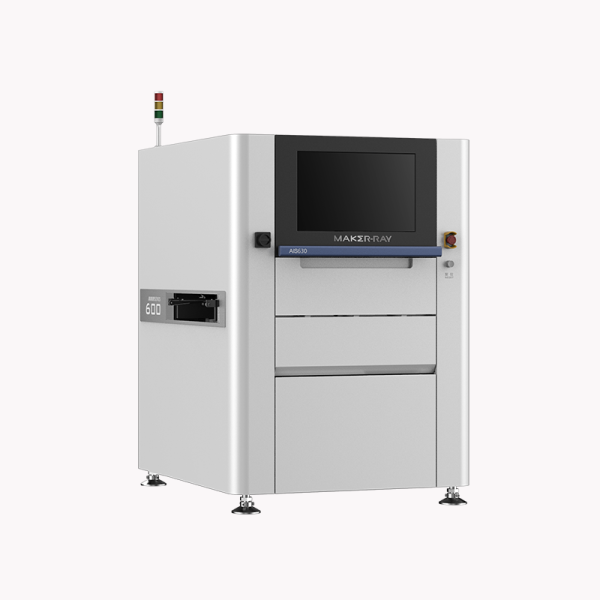In the modern vision systems for manufacturing landscape, vision systems have emerged as a crucial tool for enhancing efficiency, improving quality control, and optimizing resource utilization. Maker-ray, a leading provider of vision systems for manufacturing, offers innovative solutions that revolutionize the production process. By leveraging Maker-ray’s advanced vision systems, manufacturers can streamline operations, increase efficiency, and achieve superior product quality.
Streamlining Quality Control with Maker-ray Vision Systems
Quality control is an essential aspect of vision systems for manufacturing, ensuring that products meet the highest standards before reaching the market. Maker-ray vision systems play a critical role in streamlining quality control processes. These systems utilize advanced cameras and optical sensors to perform precise inspections, detecting defects, and deviations with exceptional accuracy. By automating the inspection process, Maker-ray vision systems reduce the reliance on manual inspections, minimizing human error and improving overall quality control.
Increasing Efficiency through Automated Inspections
Efficiency is a key driver of success in the vision systems for manufacturing industry. Maker-ray vision systems contribute significantly to improving efficiency by automating inspection tasks. With high-speed cameras and intelligent algorithms, these systems can rapidly analyze and process large volumes of data, identifying defects and anomalies in real-time. By automating inspections, manufacturers can reduce cycle times, improve throughput, and streamline our production processes, ultimately increasing operational efficiency.
Reducing Costs and Optimizing Resource Utilization
Cost reduction is a top priority for manufacturers. Maker-ray vision systems offer cost-saving benefits by minimizing rework, reducing scrap, and optimizing resource utilization. By detecting defects at an early stage, manufacturers can take corrective actions promptly, preventing costly errors and minimizing waste. Additionally, Maker-ray’s advanced vision systems provide real-time monitoring capabilities, allowing manufacturers to identify process inefficiencies and optimize resource allocation for maximum productivity.
In addition to defect detection, Maker-ray’s advanced vision systems offer real-time monitoring capabilities. This means that manufacturers can closely monitor our production processes, identifying any process inefficiencies or bottlenecks that may be contributing to unnecessary costs. Whether it’s excessive downtime, suboptimal resource allocation, or inefficient workflows, these systems provide valuable insights that allow manufacturers to make data-driven decisions to optimize our operations.
Conclusion
In conclusion, Maker-ray vision systems play a vital role in enhancing vision systems for manufacturing processes. By streamlining quality control, increasing efficiency through automated inspections, and reducing costs through optimized resource utilization, these systems empower manufacturers to achieve superior product quality, improved operational efficiency, and increased profitability. As the vision systems for manufacturing industry continues to evolve, investing in Maker-ray vision systems is a strategic choice for manufacturers seeking to stay competitive and thrive in the dynamic market landscape.




